Phone chargers have gotten smarter, quicker, and more important than ever. As gadgets grow, so do charging protocols, pushing consumers to consider more than simply price and brand. A decent charger in 2025 must suit the needs of current smartphones, tablets, and laptop computers while adhering to safety and environmental regulations. With more devices embracing new protocols and quicker charging, the market increasingly rewards chargers that are compatible, efficient, and dependable. Consumers must grasp what distinguishes a charger in order to make educated selections. This article covers the important characteristics and market trends that influence the best chargers this year.
What Core Features Define aTop-Tier Charger?
Charging Speed & Power Output
Fast charging is no longer an option. In 2025, top-tier chargers will produce at least 30W to 100W, including Power Delivery (PD) and Quick Charge (QC) capabilities. The high-wattage output allows phones to charge from 0% to 80% in under 30 minutes. Devices such as the iPhone 15 Pro and Galaxy S25 require this capability for maximum functioning. Users demand not only speed but also consistency, even during periods of intense use. A good charger intelligently distributes power between devices, preventing overheating. Brands that disclose correct wattage specs and include clever power management technology are more reliable and perform better.
Port and Protocol Compatibility
Modern chargers must support USB-C, USB-A, and a variety of charging protocols, including PD 3.1, PPS, and QC 5.0. Protocol flexibility guarantees that flagship phones, tablets, laptops, and even wearables work seamlessly together. Consumers want to be able to use a single charger across several devices without encountering compatibility concerns. A premium charger has numerous ports—typically two to four—and automatically adjusts power output according to the device’s demands. Devices such as the MacBook Air M3 require USB-C PD compatibility, rendering old micro-USB chargers useless. Incompatibility causes slower charging and gadget issues; therefore, the best chargers prioritize universal support and clever recognition chips.
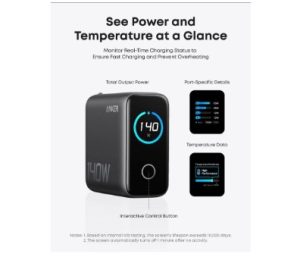
Safety Certifications and Build Quality
Safety is a distinguishing element of quality chargers. High-quality versions include UL, CE, FCC, and RoHS certifications, indicating that they fulfill stringent safety and environmental regulations. These chargers have over-voltage, over-current, short-circuit, and temperature protection. Durable materials, such as flame-retardant polymers and heat-dissipating metal, improve reliability. Reinforced ports reduce fraying and wear over time. Brands that invest in high-quality internal components and thermal design earn consumer trust. A high-quality charger lasts for years with no deterioration or risks, even with regular usage. Poorly made models may overheat, damage gadgets, or cause fires, making certification non-negotiable by 2025.
How Are Trends Shaping the Charger Market in 2025?
The Rise of USB-C and Gan Technology
USB-C is currently the worldwide charging standard for phones, tablets, laptops, and accessories. Its reversible design and fast data/power supply make it preferable to earlier connections. Meanwhile, gallium nitride (GaN) chargers have replaced bulky silicon devices, providing greater power in smaller packages. GaN chargers operate cooler and charge faster, making them perfect for both travel and home use. Anker, Baseus, and Ugreen are leading the way with sleek, powerful chargers under 65W or 100W. This trend fuels customer desire for small, future-proof chargers that can accommodate many device kinds while maintaining speed and safety.
Multi-Port and Device-Ecosystem Convenience
Consumers now demand a single charger to power everything. The need for multi-port chargers has increased dramatically, particularly in shared homes, businesses, and among travelers. Top chargers include two to four ports, often USB-C and USB-A combinations, and can charge phones, tablets, headphones, and laptops all at once. They carefully apportion electricity to prevent slowdowns and overheating. Users choose chargers that offer rapid switching and optimal delivery, since companies like Apple and Samsung promote integrated ecosystems. These chargers, with their smart power distribution and port versatility, are suitable for homes with a variety of devices. The ease of minimizing clutter and increasing production drives this 2025 trend.
Eco-Friendly Materials and Sustainability Demands
Sustainability is no longer a perk; it is now expected. Consumers choose chargers produced with recycled plastics, biodegradable packaging, and low-impact production practices. Major businesses emphasize carbon-neutral certifications and eco-compliance in order to appeal to environmentally sensitive consumers. Some chargers now arrive without plastic packaging and with soy-based inks. Regulations in Europe and North America are also encouraging manufacturers to adopt more sustainable designs. Buyers choose durable chargers that reduce electrical waste. In 2025, a top-tier charger not only charges quickly and safely, but it also promotes environmental goals, making eco-friendliness an important consideration in purchase decisions.
Conclusion
A quality phone charger in 2025 goes far beyond simple wattage. It must deliver fast, reliable power, support a wide range of ports and protocols, and meet strict safety and environmental standards. As tech ecosystems grow more complex, consumers seek chargers that adapt to multiple devices—whether it’s a laptop, wireless earbuds, or an android charger—and charge efficiently without risk. Trends like USB-C supremacy, GaN innovation, and environmentally responsible production increasingly define what distinguishes a premium charger. Investing in a high-quality charger ensures that your gadgets work optimally—safely, sustainably, and consistently. Knowing what to look for allows users to make more informed, future-ready decisions in a quickly developing charger industry.


















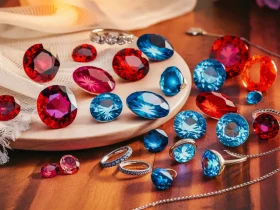



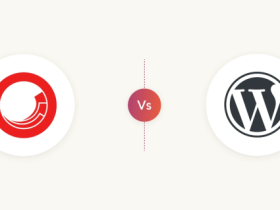

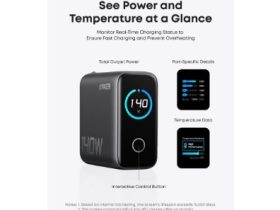









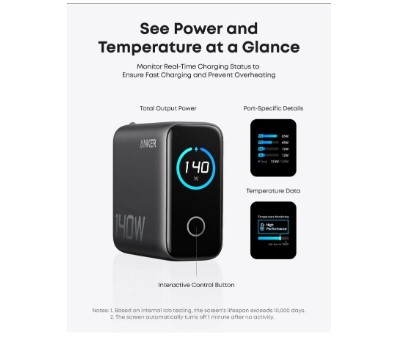



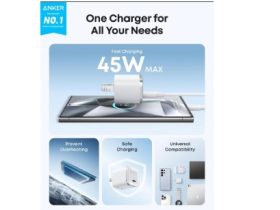



Leave a Reply